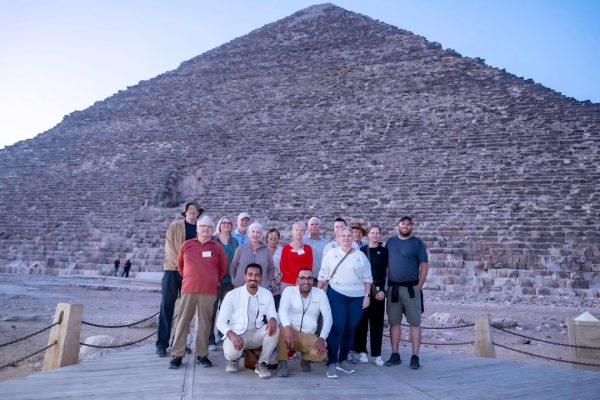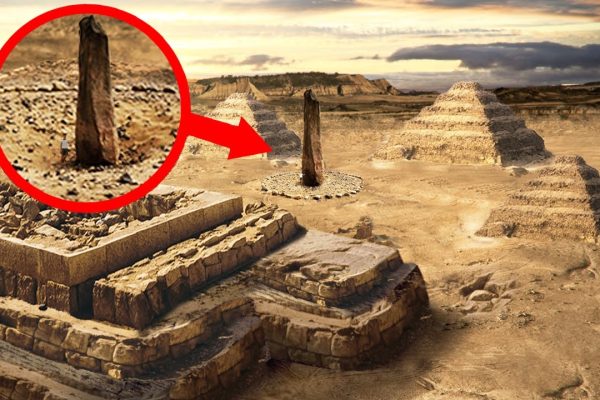
🏺⏳ Top 10 Most Famous Ancient Discoveries That Changed History
From mysterious artifacts to lost ancient civilizations, some greatest historical discoveries have reshaped our understanding of the past. These mind-blowing archaeological finds continue to fascinate scientists, historians, and archaeologists, proving that the past still holds many secrets of ancient history. In this article, we’ll explore the top 10 ancient discoveries of all time, uncovering their…

